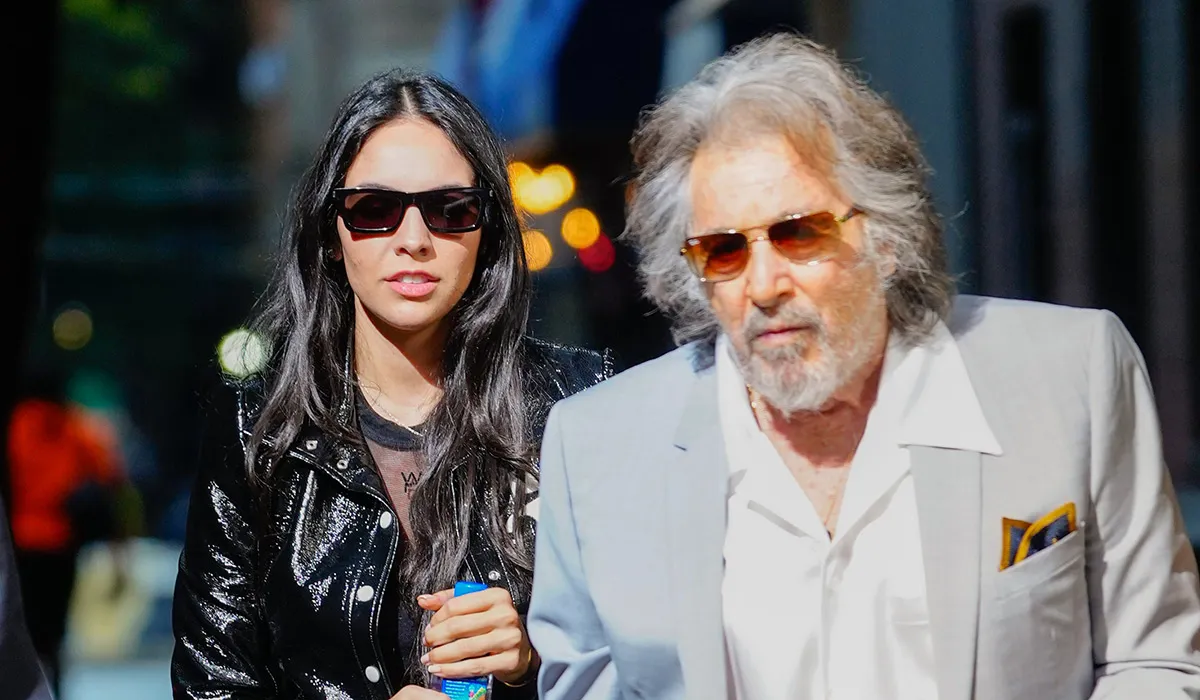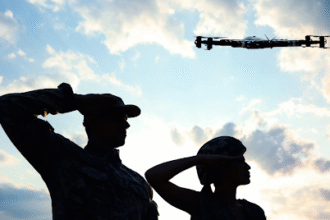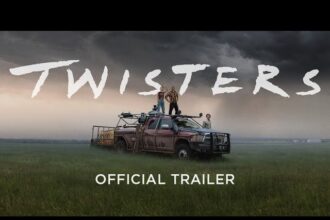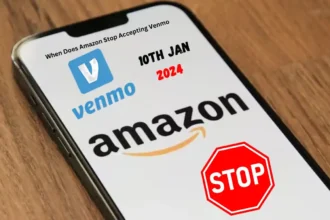Hollywood relationships often involve partners separated by ten, twenty, or even thirty years. These pairings occur both on screen and in real life, generating media coverage and public discussion about what makes relationships work when partners come from different generations. The numbers tell a specific story about which couples have lasted and which patterns repeat across the entertainment industry.
The Mathematics of Hollywood Romance
Michael Douglas was 56 when he married Catherine Zeta-Jones at 31, creating a 25-year gap that has sustained through two decades of marriage. Their 2000 wedding at New York’s Plaza Hotel attracted attention partly because they share the same birthday, September 25, though Douglas arrives at that date a quarter-century earlier. Steve Martin took a similar path, marrying New Yorker editor Anne Stringfield when he was 61 and she was 35. Martin became a father for the first time at 67, which shifted media coverage toward discussions of late-life parenthood rather than focusing solely on their 26-year age difference.
Harrison Ford and Calista Flockhart married in 2010 with Ford at 67 and Flockhart at 45. Their 22-year gap has generated less tabloid coverage than other celebrity couples, possibly because both had established careers before meeting. Sylvester Stallone was 50 when he married Jennifer Flavin at 28 in 1997, and Flavin has spoken in interviews about managing a relationship with someone who had already lived through multiple career phases and previous marriages.
When Hollywood Scripts Meet Real Life Dating Patterns
The age gaps we see between famous couples often spark conversations that extend far beyond red carpets and movie premieres. Some observers joke that certain younger partners in these relationships resemble the sugar baby archetype from dating apps, while others point to the genuine connections formed between people at different life stages. These discussions reveal how celebrity relationships influence the way regular people think about their own romantic choices.
Film studios have long capitalized on pairing established stars with fresh faces, creating on-screen chemistry that sometimes translates into real-world romance. The pattern appears in everything from romantic comedies to serious dramas, where the older lead’s life knowledge complements their younger partner’s energy and ambition. This formula has shaped audience expectations about relationships for decades, making large age differences seem both glamorous and attainable for viewers who watch these stories unfold.
Numbers That Make Headlines
Michael Foster and Katharine McPhee have the largest gap among currently active celebrity couples at 35 years. Foster was already a father of five when he married McPhee in 2019, and their son’s 2021 birth meant Foster became a father again in his seventies. McPhee has addressed their age difference directly in interviews, focusing on shared values rather than birth years. Jason Statham and Rosie Huntington-Whitely maintain a 20-year gap, having started dating in 2010 and welcoming their first child in 2017. Statham has mentioned that Huntington-Whitely brings stability to his life, while she points to his support for her business ventures.
Bruce Willis married Emma Heming in 2009 when he was 54 and she was 30. Their family structure includes Willis’s children from his marriage to Demi Moore, creating what media outlets often describe as a modern blended family arrangement. Heidi Klum’s marriage to Tom Kaulitz in 2019 involved a 17-year gap with Klum as the older partner, which happens less frequently in Hollywood marriages but occurs often enough to track as a pattern.
Screen Relationships That Started Conversations
Lost in Translation paired Bill Murray at 52 with Scarlett Johansson at 18, creating an ambiguous emotional connection that critics still analyze twenty years later. The characters’ age difference forms part of the film’s central tension, though the actual actors’ ages amplified discussions about Hollywood’s comfort with such pairings when the man is older. An Education featured Carey Mulligan at 24 playing a high school student opposite Peter Sarsgaard at 39, examining how age and experience affect power dynamics in relationships.
Call Me by Your Name brought together Timothée Chalamet at 21 and Armie Hammer at 30 for a summer romance that prompted debates about consent and power despite their relatively modest nine-year difference. Phantom Thread cast Daniel Day-Lewis at 60 opposite Vicky Krieps at 34, with their age gap serving the film’s exploration of control and dependence between a designer and his muse.
Patterns in Public Reception
Media coverage of age-gap relationships has shifted over recent years. Couples like Warren Beatty and Annette Bening, with their 21-year difference, receive less scrutiny after decades of marriage than newer couples facing similar gaps. When women date younger men, as Priyanka Chopra does with Nick Jonas across a 10-year gap, the coverage often focuses on challenging gender expectations rather than questioning the relationship’s validity.
Younger partners in these relationships increasingly speak for themselves in interviews. Rosie Huntington-Whitely and Katharine McPhee have both discussed their relationships in terms of partnership and growth rather than accepting characterizations as trophy spouses. These interviews provide data points about how age-gap relationships function beyond initial attraction, touching on practical matters like career timing, family planning, and retirement considerations.
Johnny Depp and Amber Heard’s relationship, with its 22-year gap, became a focal point for discussions about power dynamics after their legal disputes became public. Kelsey Grammer’s marriage to Kayte Walsh involved a 27-year difference and marked his fourth marriage, raising questions about patterns in partner selection among celebrities who remarry multiple times. These examples show how age gaps intersect with other relationship factors to shape public perception and media coverage.

















